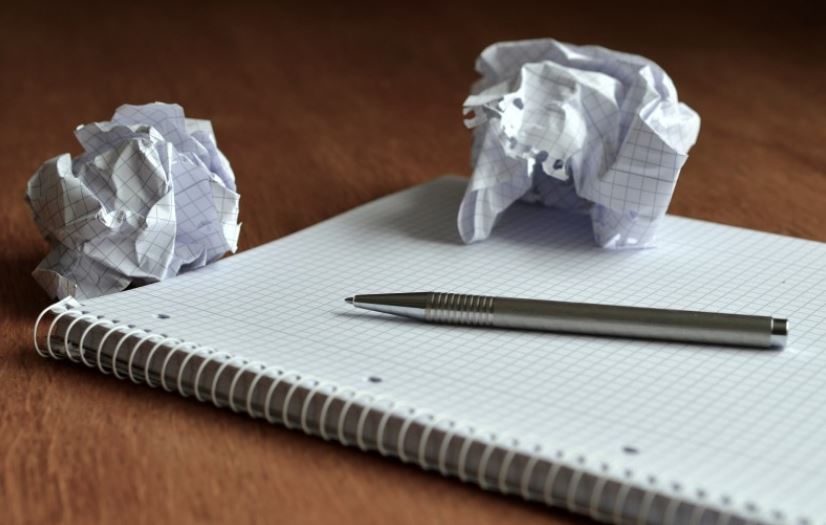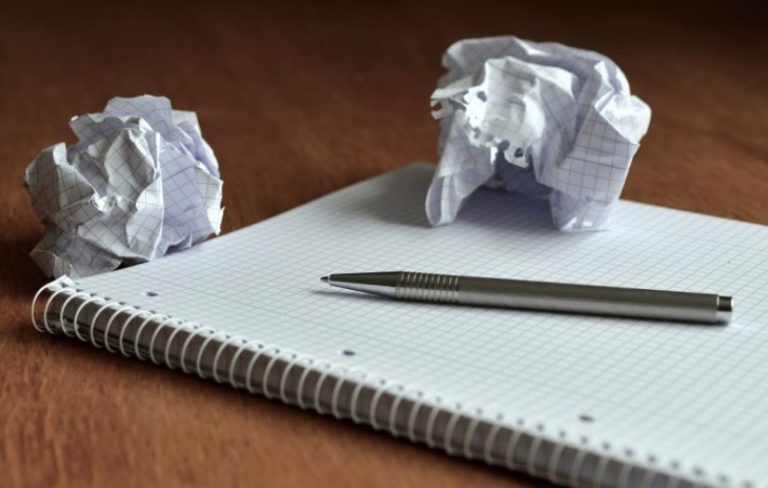A cheat sheet contains the most important information. for the upcoming exam or presentation. Therefore, use a cheat sheet as a study sheet instead of cheating. Thus, the learning success increases enormously. We have collected the most important tips for creating learning slips.
Use cheat sheets to learn

It may seem strange at first, but in fact, a well-constructed cheat sheet encourages learning. So instead of breaking your child’s habit of writing cheat sheets, simply set up new rules for using the cheat sheet. Thus, the cheat sheet becomes a useful learning sheet. Consequently, we show how your child can learn better and more effectively, making cheating unnecessary.
1) Brainstorm and structure the topic
If the topic of a work or exam is known, then brainstorming on the most important points of the topic will help. Your child can then create a detailed and structured learning sheet. Accordingly, numbers, data and facts on the subject of the exam can be easily learned. If your child has difficulties formulating the topics or with spelling, these areas should of course be practiced and trained separately. But that also works great with the creation of a learning sheet.
2) Instructions for a cheat and cheat sheet
To ensure that learning with the cheat sheet is a success, it makes sense to first create a comprehensive learning sheet. Your child will learn the important things. In the course of the learning phase, your child should keep reducing this learning sheet so that it gradually becomes a cheat sheet. Consequently, the most important tips for orientation:
- Bring all the content of the exam to one or more DIN-A-4 pages. Blank sheets or checkered sheets are good for this.
- Write everything down by hand so that you can remember it better.
- Mark individual subject areas with different colors to create a kind of “map”.
- Try to capture only essential points in bullet points, tables or formulas.
- Only write down long sentences and quotations in exceptional cases.
- From now on, always carry the cheat sheet or learning sheet in your trouser or jacket pocket.
- Read the cheat sheet at every opportunity, i.e. on the bus, while waiting, before going to bed and so on.
- You can then make a shorter learning sheet.

3) Use the cheat sheet on the day of the exam?
Ideally, your child will have a crumpled cheat sheet with them on exam day. But this can safely stay in your pocket during work or exams. Because the majority of the information is already firmly imprinted in the brain through the handwritten reproduction, the concise summary and the regular reading. In addition, also note brain games to stimulate the brain and tips to learn better vocabulary.

